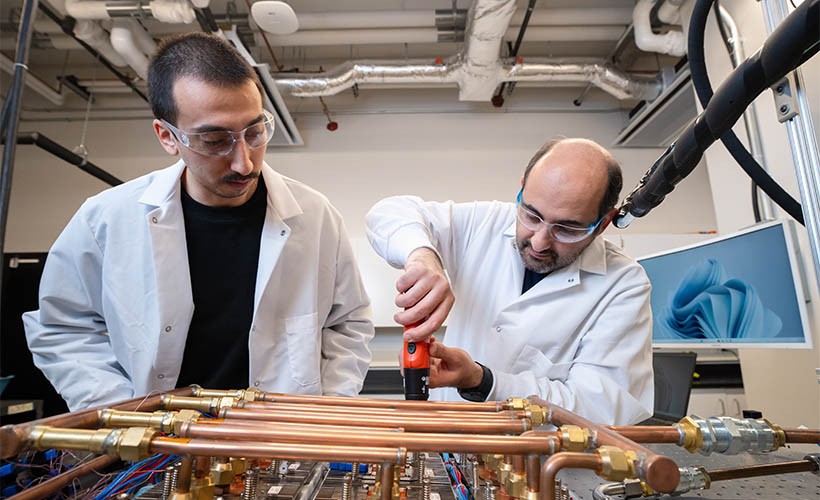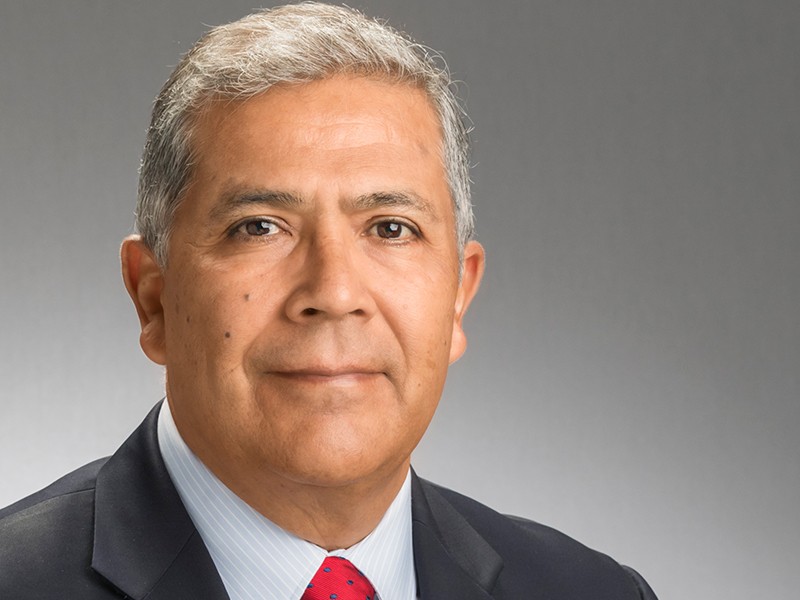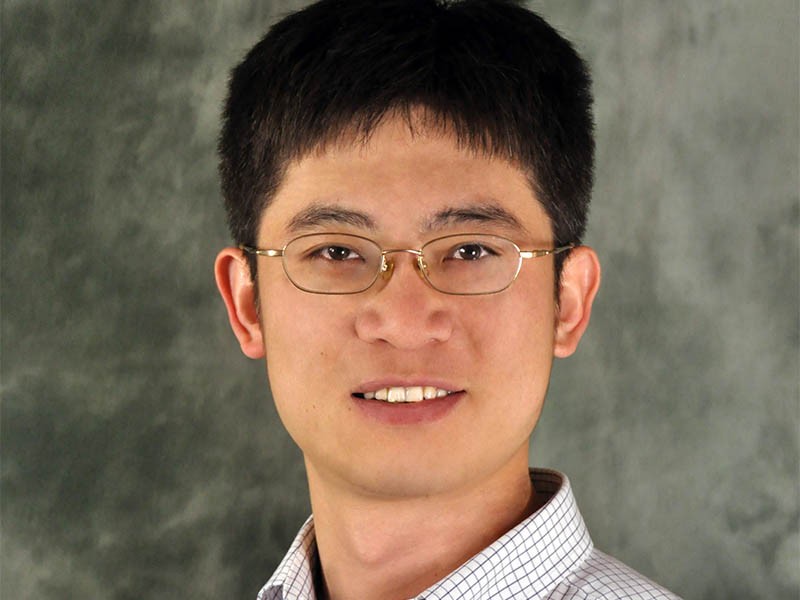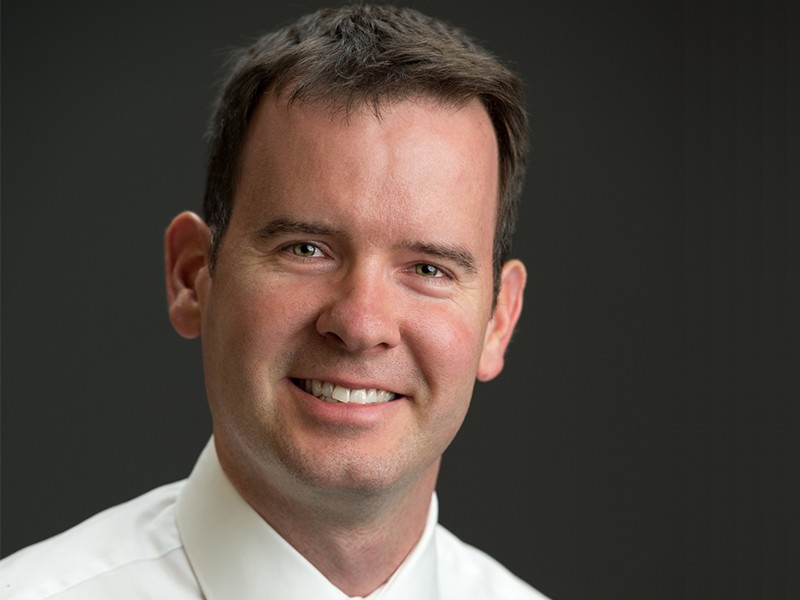PROPOSING SOLUTIONS TO DATA CENTER INEFFICIENCY

The Nature of the Problem
Data centers are a high growth and energy-intensive sector of the U.S. economy:
- Can consume up to 100 times more energy than a standard office building.
- Worldwide, use about 30 billion watts of electricity, roughly equivalent to the output of 30 nuclear power plants.
- Responsible for 2.8% of total U.S. energy consumption.
- Emit roughly as much CO2 as the airline industry, or 2% of greenhouse gas emissions worldwide
The average data center:
- May dissipate as much as 3-6 MW of power in the form of waste heat
- Uses only 5% of the electricity powering its servers to perform computations:
- Typically operates with low server utilization
- Uses water chillers to supply cold air, which is difficult to control in real time
- Commonly uses overprovisioning to handle sudden load surges
Goal and Approach
The goal is to create electronic systems that are self-sensing, self-regulating and optimized for energy efficiency at any desired performance level, thereby improving the energy efficiency and productivity of the country’s data centers by 20-35%. This translates to one to two fewer power plants every three years while still meeting data center growth demand. This achievement is equivalent to the complete elimination of the greenhouse gas emission from approximately 1.5-2.7 million cars or roughly 1-1.7 million homes in the U.S. annually (U.S. EPA, 2011).
Specific opportunities for improving energy efficiencies in data centers include:
Front End-Power
- Eliminating wasteful AC/DC conversion steps
- Off-grid renewables
- Combined heat and power
Operations Efficiency
- Elimination of irreversibilities in legacy air-cooled designs
- Synergistic approach for simultaneously controlling IT load allocation and thermal management in real time
Waste Energy Recovery
- Reusing energy that is normally wasted
Environmental Sustainability
- Carbon emissions
- Water scarcity footprint
The Approach
To fund this research, ES2 leverages grants from the National Science Foundation with membership money from industry. Collaborative efforts between Villanova University, its three university partners, and at least 20 industrial members, bring together computer scientists and mechanical and electrical engineers, and link the fields of information technology, dynamic systems control, electronic systems and thermal management in a holistic approach to the development and design of energy-efficient electronic systems.
ES2 RESEARCHERS

Alfonso Ortega, PhD
ES2 Site Director
Dr. Ortega is the James R. Birle Professor of Energy Technology in the Department of Mechanical Engineering. He is internationally recognized for his work in data center energy and thermal management, electronics cooling, convective heat and mass transfer, experimental methods in thermal sciences and energy technology.

Dr. Li is an associate professor of Mechanical Engineering and director of the Nanoengineering Multiphase/Interfacial Energy Transport Lab. His research areas include experimental two-phase mass and heat transfer at multiscale, numerical simulation of phase change and interfacial phenomena, and machine learning (ML) in understanding the big data for experiment and numerical simulations. Dr. Li teaches a variety of courses in the areas of thermodynamics, heat transfer, fluid mechanics and sustainability energy.

Dr. Wemhoff is a professor of Mechanical Engineering and director of the Methods for Systems Analysis Laboratory. He performs research in energy sustainability and teaches courses in the areas of thermodynamics, heat transfer and fluid mechanics. Before joining Villanova University, he spent three years as a staff engineer at Lawrence Livermore National Laboratory.
